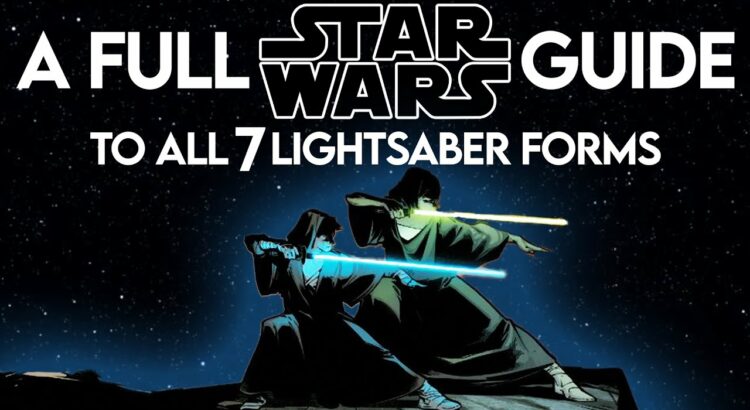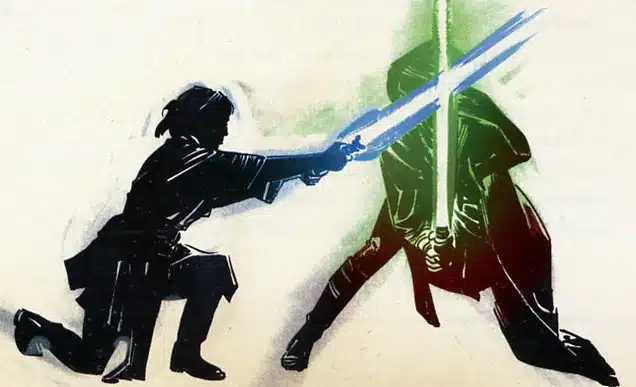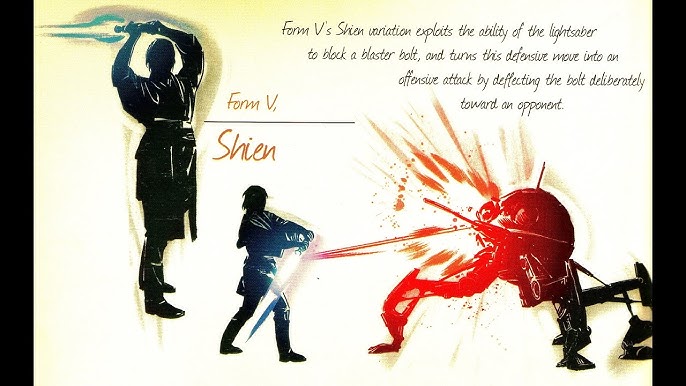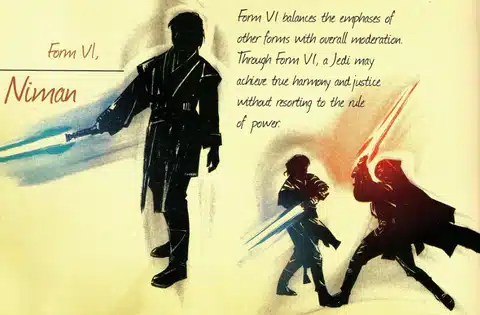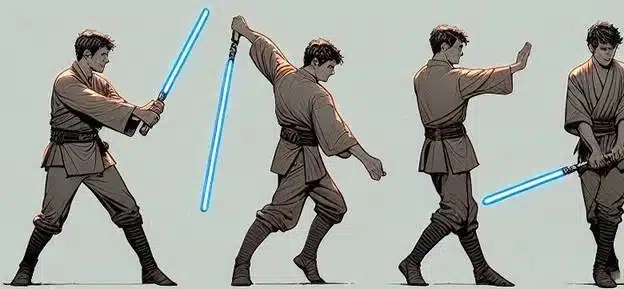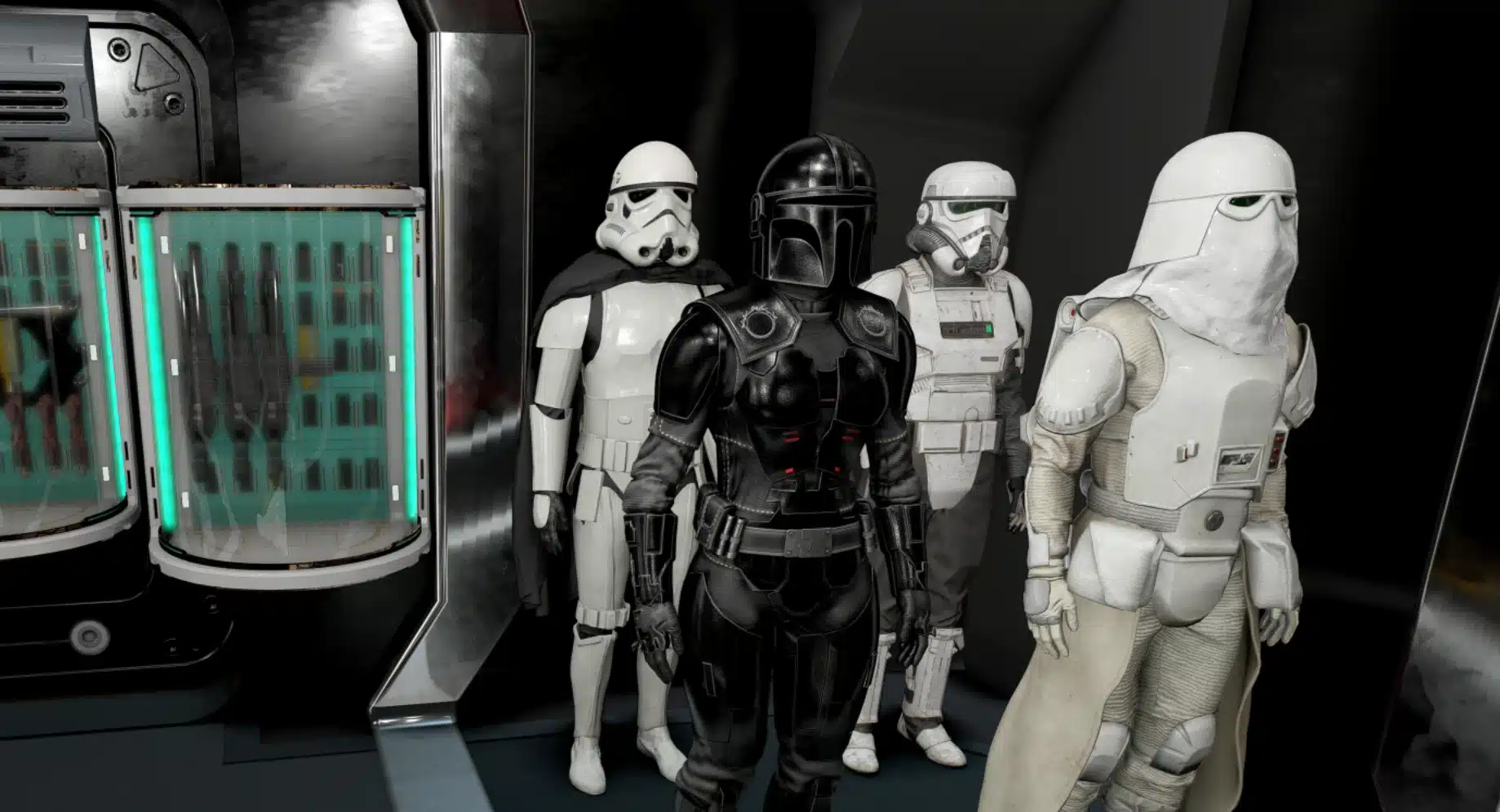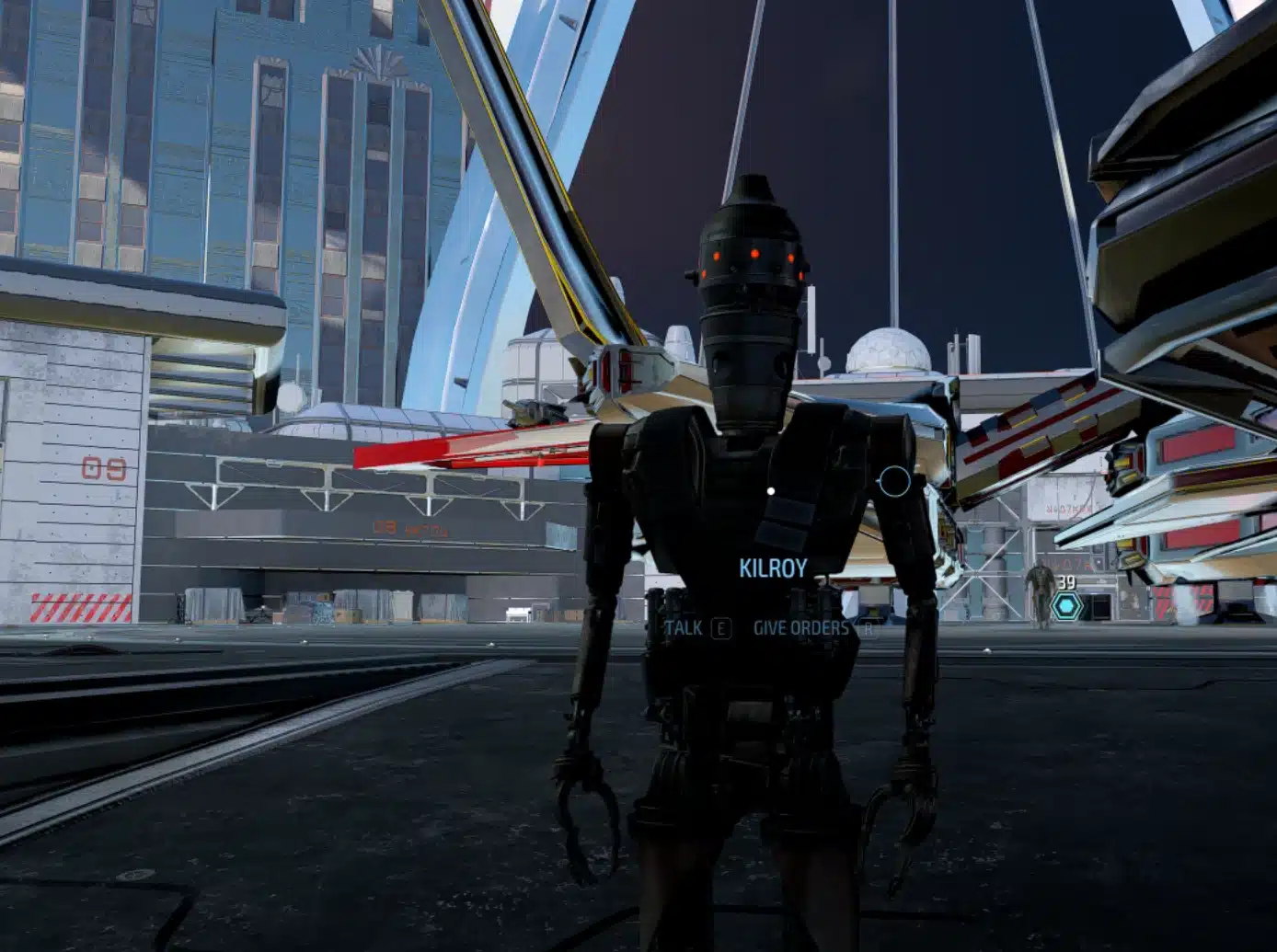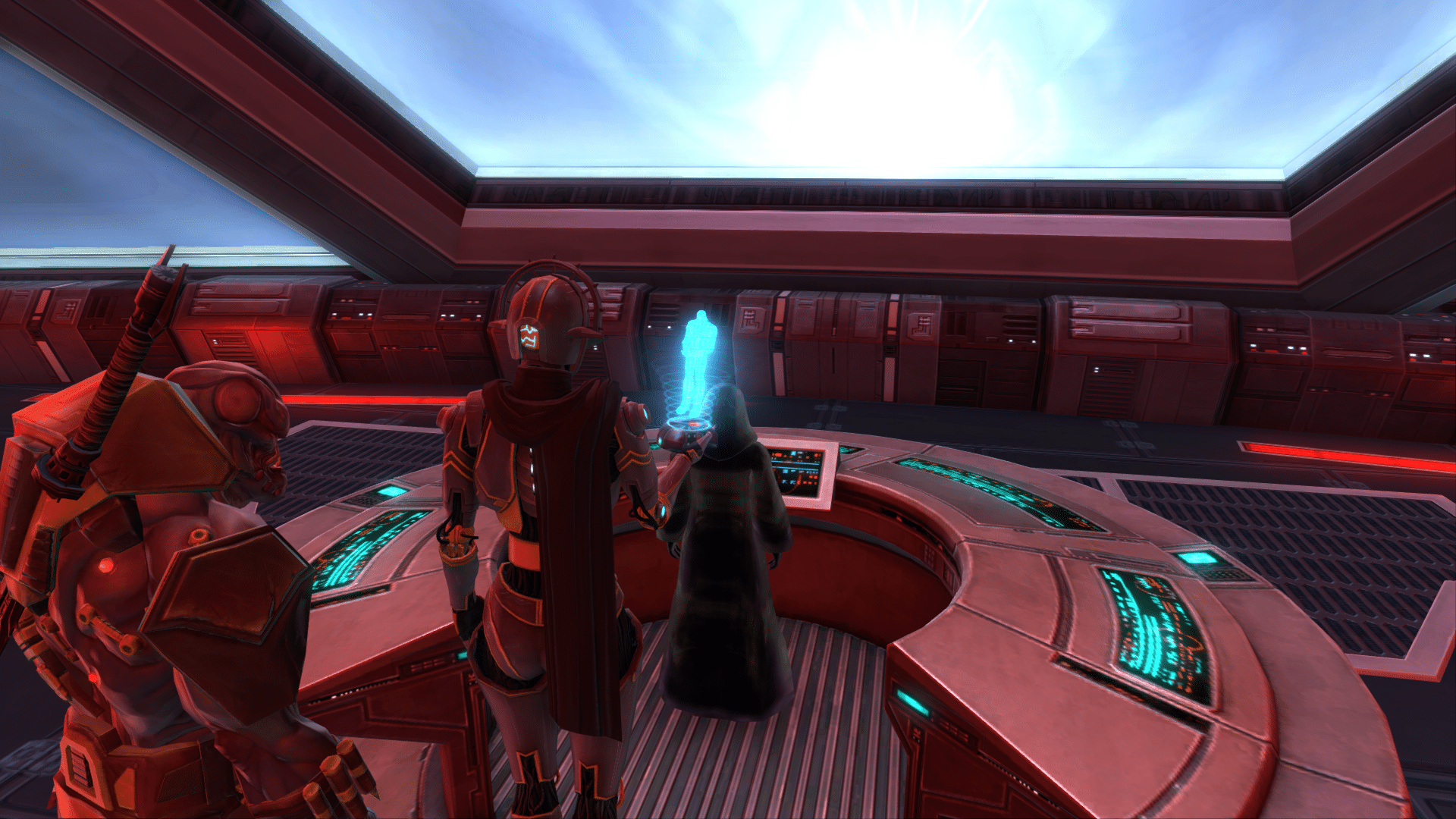When it comes to the Star Wars universe, nothing screams “I’m a Jedi” (or Sith, no judgment here) louder than wielding a lightsaber with skill, grace, and maybe a bit of flair. But for those who’ve watched the duels and marveled at the elegant yet deadly lightsaber fights, have you ever wondered what the different fighting styles are all about? Buckle up, Padawans and Sith-in-training, because we’re about to dive deep into the seven forms of lightsaber combat.
Whether you’re practicing for your next cosplay or just want to drop some serious Star Wars knowledge at your next trivia night, understanding the seven forms of lightsaber combat is essential. These forms evolved over millennia in the galaxy far, far away and were used by Jedi and Sith alike. Each form has its own unique flavor, reflecting different philosophies, tactics, and—let’s be honest—personalities.
Let’s break down these seven forms in a way that would make Yoda say, “Ready, you are.
Form I: Shii-Cho – The Basics, but with Swagger
Overview:
Shii-Cho, the first form of lightsaber combat, is like the basic footwork class you’d take before joining the dance team. This is the form every Jedi learns first because it’s all about getting the fundamentals right. It’s known as “The Determination Form,” which basically means, “I’m going to whack you with this lightsaber, and I’m determined to make it count.”
Shii-Cho focuses on wide, sweeping motions designed to disarm an opponent (literally or figuratively). It’s especially useful when dealing with multiple enemies because the broad strikes cover a lot of ground.
Famous Practitioners:
- Kit Fisto: This green, tentacle-headed Jedi Master was a master of Form I. And let’s be real—if Kit Fisto can make Shii-Cho look stylish while flashing a smile during battle, there’s hope for all of us.
Personality Match:
If you’re someone who believes in sticking to the basics and mastering them before moving on to flashy tricks, Shii-Cho is for you. It’s practical, reliable, and makes you look like you’re ready to clean up a room full of droids without breaking a sweat.
Pop Culture Presence:
You see Shii-Cho in action in the Clone Wars series, especially when Jedi are fighting multiple foes. It’s a no-nonsense style, perfect for crowd control.
Form II: Makashi – The Fencing Form (or “Look at My Fancy Footwork”)
Overview:
If you ever wanted to duel like a proper aristocrat, Form II, known as Makashi, is your go-to. This form is all about finesse, precision, and economy of motion. It’s basically the lightsaber version of fencing, designed for lightsaber-to-lightsaber combat. The graceful, fluid strikes of Makashi make it a favorite among duelists.
Famous Practitioners:
- Count Dooku: The epitome of elegance and control, Dooku was a master of Form II. His Makashi technique was so sharp it could slice through arrogance (and, well, sometimes Jedi). With a curved-hilt saber, he was all about that fancy footwork and clean cuts.
Personality Match:
If you like things done efficiently and with style—never breaking a sweat, always looking classy—Makashi is your form. You’re probably the type who’d sip tea while dueling.
Pop Culture Presence:
Makashi is all over the Prequel Trilogy, especially during Count Dooku’s duels with Obi-Wan and Anakin. Dooku’s preference for controlled, precision strikes is a perfect demonstration of the art of Form II.
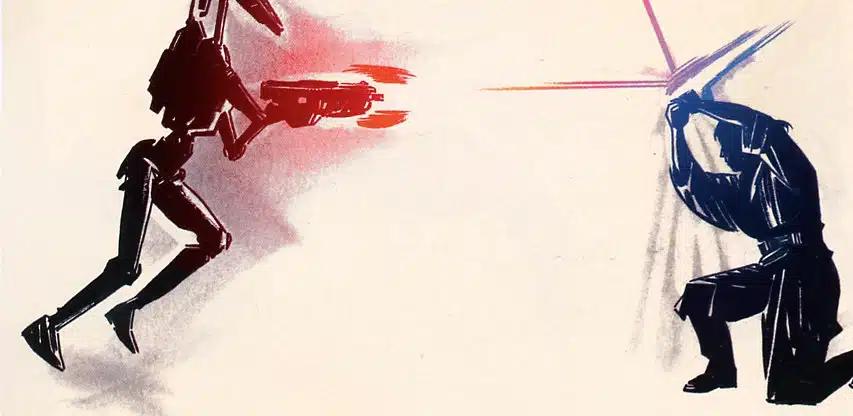
Form III: Soresu – The Defensive Wall (or “Not Today, Pal!”)
Overview:
Soresu is what you turn to when you’re feeling like a human (or Jedi) shield. Known as the “Resilience Form,” it’s the ultimate defensive stance. If you’ve ever watched a lightsaber battle and thought, “Wow, that Jedi is basically a walking wall,” they were probably using Soresu. It’s all about defense, with tight, efficient movements and a focus on deflecting blaster fire and enemy strikes. The Jedi who specialize in Soresu aren’t trying to attack; they’re waiting for their opponent to wear themselves out.
Famous Practitioners:
- Obi-Wan Kenobi: Mr. “I Have the High Ground” himself mastered Form III. His strategy? Outlast opponents by blocking every move they make until they slip up. If patience were a form, Obi-Wan would be its poster child.
Personality Match:
Are you patient? Do you prefer to let others make mistakes before making your move? Soresu is perfect for those who believe in defense as the best offense. If you’re the type to say, “Let me think about it before acting,” you’ll feel right at home with Form III.
Pop Culture Presence:
Obi-Wan’s fight with Anakin in Revenge of the Sith is a great showcase of Soresu in action. He waits, deflects, and—when the time is right—strikes. Anakin learned the hard way about the importance of patience.
Form IV: Ataru – The Acrobat’s Delight (or “Hold My Robe While I Flip Around”)
Overview:
If Jedi were gymnasts, they’d use Form IV, Ataru. It’s fast, aggressive, and full of acrobatic flair. Known as the “Aggression Form,” Ataru uses the Force to enhance the practitioner’s speed and agility, allowing for wild spins, flips, and high-energy strikes. Ataru is not for the faint-hearted. It’s a “go big or go home” type of form, where users rely on momentum to overwhelm opponents.
Famous Practitioners:
- Yoda: Tiny but mighty, Yoda is the quintessential Ataru user. His whirlwind lightsaber style, full of jumps and spins, is an iconic part of his fighting strategy. Ataru allows him to turn his small size into an advantage, making it hard for enemies to land a hit.
- Qui-Gon Jinn: Qui-Gon also favored Form IV, though in a more grounded manner compared to Yoda. His aggressive yet controlled fighting style, as seen in his duel with Darth Maul, is a textbook example of Ataru.
Personality Match:
Do you thrive on energy and fast-paced action? Ataru is perfect for the high-octane, adventurous type. If you enjoy sports like parkour or just can’t sit still, this is your form. You’re probably the person in your friend group who says, “Watch this!” right before doing something risky.
Pop Culture Presence:
Ataru is seen in full swing during Yoda’s battle with Count Dooku in Attack of the Clones. It’s also present in Qui-Gon’s intense, aggressive duel with Darth Maul.
Form V: Shien / Djem So – The Powerhouse (or “Come at Me, Bro”)
Overview:
Form V is the “Power Form” of lightsaber combat, developed for those who believe the best defense is a good offense. There are two variations: Shien, which focuses on deflecting blaster bolts back at enemies, and Djem So, which is more about overpowering an opponent with strength and counterattacks. If you like the idea of turning your opponent’s attack back on them, this is your form.
Famous Practitioners:
- Anakin Skywalker: Anakin loved the power and aggressive nature of Form V. His combat style was all about strength and dominance, using Djem So to overpower enemies.
- Ahsoka Tano: Ahsoka favored Shien, adeptly deflecting blaster fire while using her agility to take down multiple foes.
Personality Match:
Are you a problem solver who likes to push back when challenged? Do you prefer to meet force with force? Form V is your style. You’re the type who doesn’t back down from a fight and believes that if someone throws a punch, you should throw one right back—only harder.
Pop Culture Presence:
Anakin’s fight scenes, especially in Revenge of the Sith, show the raw power of Djem So in action. His aggressive, relentless style embodies everything Form V is about.
Form VI: Niman – The Diplomat’s Form (or “A Little Bit of Everything”)
Overview:
If Form VI were a food dish, it would be a buffet. Niman, or the “Moderation Form,” combines elements from all the other lightsaber forms into a balanced, all-purpose style. It’s the jack-of-all-trades, but master of none, focusing on blending lightsaber combat with Force techniques. Niman practitioners are often well-rounded, relying on adaptability rather than specializing in any one area.
Famous Practitioners:
- Exar Kun: One of the few Sith Lords to have mastered Niman, Exar Kun used his knowledge of the Force and a dual-bladed lightsaber to great effect.
Personality Match:
Are you someone who likes balance and versatility? Do you prefer to be well-rounded, able to handle whatever comes your way? Niman is perfect for those who don’t want to commit to one particular style and prefer to keep their options open.
Pop Culture Presence:
Niman doesn’t get a ton of flashy screen time, but it’s often associated with Jedi who prefer negotiation and diplomacy over combat—making it ideal for peacekeepers.

Form VII: Juyo / Vaapad – The Ferocity Form (or “Channel Your Inner Beast”)
Overview:
Form VII is the wildest and most aggressive of all the forms. Known as Juyo (or Vaapad, a variation created by Mace Windu), it’s all about unleashing raw emotion and aggression while maintaining control—barely. It’s the riskiest form to use because it flirts dangerously with the dark side of the Force. Only the most skilled and disciplined Jedi (and Sith) can handle it without losing themselves to their inner rage.
Famous Practitioners:
- Mace Windu: Mace developed Vaapad, a variation of Form VII that allowed him to channel his inner darkness without succumbing to it. He used it to great effect, making him one of the fiercest Jedi on the battlefield.
- Darth Maul: As a Sith, Darth Maul naturally leaned into the aggressive, relentless nature of Juyo. His savage fighting style is a perfect example of Form VII in action.
Personality Match:
Do you have a fiery side? Are you competitive and driven by passion? Form VII is for those who channel their emotions into action but need the discipline to keep it in check. You’re the type who can get intense but knows when to dial it back—usually.
Pop Culture Presence:
Mace Windu’s intense battle with Darth Sidious in Revenge of the Sith showcases the controlled ferocity of Vaapad. And of course, Darth Maul’s acrobatic, savage attacks in The Phantom Menace are Juyo at its finest.
Evolution of Lightsaber Combat in the Star Wars Universe
From the original trilogy to the latest Star Wars shows, lightsaber combat has evolved both in terms of choreography and philosophy.
- Original Trilogy: Lightsaber duels were more about storytelling than acrobatics. Think of Obi-Wan and Darth Vader’s slow, methodical fight in A New Hope. It was about tension and emotional stakes more than the fancy footwork.
- Prequel Trilogy: Enter the Jedi at their prime! Lightsaber combat became more fast-paced, acrobatic, and intense. Forms like Ataru and Makashi took center stage, with epic duels such as Obi-Wan and Qui-Gon versus Darth Maul and Anakin versus Obi-Wan.
- Sequel Trilogy: The combat here mixed the raw power of Form V with the grace of Form II. Characters like Rey and Kylo Ren brought a new level of physicality and emotional complexity to their fights.
- Animated Series and Spin-offs: The Clone Wars and Rebels expanded lightsaber lore, showcasing various forms in action, often tailoring combat styles to match a character’s development.
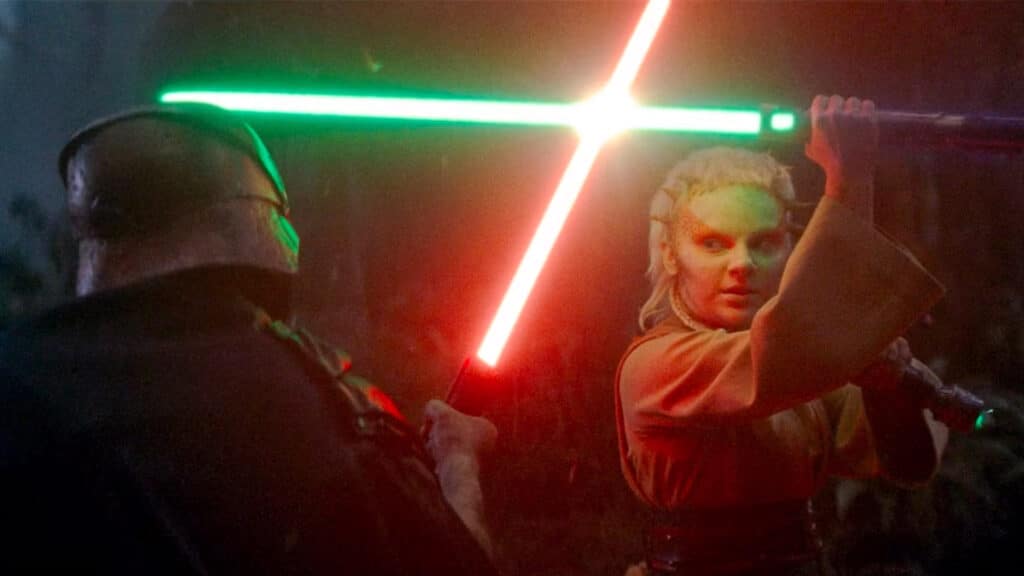
Lightsaber Combat: Reflecting the Personality of Jedi and Sith
One of the most fascinating aspects of lightsaber combat is how the different forms reflect the personalities of their users. From Obi-Wan’s defensive Soresu to Anakin’s aggressive Djem So, these styles are more than just battle techniques—they’re extensions of the characters themselves.
It’s no coincidence that the calm and composed Jedi favor forms like Soresu, while more impulsive, emotional characters gravitate toward the aggressive Form V or the ferocious Form VII. Watching these duels isn’t just about the action; it’s about seeing how these combat styles reflect the inner conflicts and philosophies of the characters wielding them.
Conclusion: Choosing Your Form
Whether you see yourself as a disciplined Soresu user or a daring practitioner of Ataru, lightsaber combat is as much about personality as it is about skill. Each form offers its unique strengths and weaknesses, giving every Jedi and Sith a way to express themselves through the blade. So, next time you pick up a lightsaber (real or imaginary), ask yourself—what does your combat style say about you?
May the Force be with you in your lightsaber form journey!
Stay up-to-date with the latest news, updates, and exclusive content! Click here to follow us on Google News and never miss a story from the galaxy and beyond.


